Cape Cod is well-known as a paradise for beachgoers and boaters. But many may not be aware of the region’s reputation as a home for numerous bird species.
Nearly 400 species either spend a few months on the Cape or live here year-round. Much like humans, many flock off to warmer climes during the cold months, while the hardier species brave it out.
Even casual birdwatching on Cape Cod is rewarding, relaxing and – because of the many types of habitats the Cape contains – incredibly easy.
Each part of the Cape has multiple hotspots for bird activity, but the following locations are known to have at least 200 species for birders to become familiar with.
Scusset State Reservation, Sagamore
You wouldn’t know it by the bridge traffic, gas stations and commercial buildings, but Sagamore has one of the best birding locations in the Cape Cod and South Shore regions. The easternmost tip of the town, a stretch of sand along Cape Cod Bay which forms part of the northern canal entrance, has 220 species of birds on record. That includes at least five species of warbler, a few birds of prey, and over 25 species of ducks and other shorebirds.
Sandy Neck, Barnstable
The incredibly popular beach and set of walking trails is also well-liked by birds. Sandy Neck is one of the largest barrier beaches in Massachusetts, featuring wooded maritime scrub, heath and freshwater wetlands, and plenty of dunes. The area contains much of what you’ll find at Scusset State Reservation, but if plovers are on your list, you’ll have better luck staying on the Cape side of the canal. Around 243 species of birds, many of those shorebirds and ducks, have been spotted at Sandy Neck.
Monomoy/South Beach, Chatham
The Monomoy National Wildlife Refuge area of Chatham has become a shark haven, but if you prefer to watch feathered creatures, look no further. Hundreds of thousands of birds can be spotted at Monomoy at any given time, since the north area serves as a feeding site at low tide.
The south area is a roosting site at high tide. Over 40 species of sandpipers and plovers have been spotted there, as well as some rare shorebird species such as Hudsonian Godwits, American Avocets, Solitary Sandpiper and Red-necked Phalarope.
Fort Hill, Eastham
The gateway to the National Seashore is packed with birds. Fort Hill is an opportunity for birders seeking a break from shorebird species (although it still has plenty of those), in favor of species like warblers and flycatchers which nest in Nauset Marsh. In the fields near the Penniman house, look for Marsh Wrens, Barn Swallows, Nelson’s and Seaside Sparrows. During the fall migration period in September and October, you’ll spot many hawks circling above the area. Quietly make your way into the marsh in order to catch a glimpse of an American Bittern or Clapper Rail.
Wellfleet Bay Wildlife Sanctuary
Featuring nearly 300 species of birds, Wellfleet Bay Wildlife Sanctuary perfectly exemplifies the range of habitats the Cape contains. In only five miles of trails, you’ll experience a salt marsh, barrier beach, pine woodlands and a pond – each of these habitats will contain a different variety of birdlife. Search for green herons in the marsh, an Indigo Bunting, Orchard Oriole or Eastern Bluebird in the woodlands and near the pond, or even a black-bellied plover along the shore.
High Head/Pilgrim Heights, Truro
With over 250 species, this spot is certainly worth the drive if you’re coming from outside the Outer Cape. Many actually make the drive to Truro to spot a fairly regular visitor – a gorgeous gray and white bird of prey called a Mississippi Kite. A small waterbird called the Virginia Rail can also be spotted here, along with a solid assortment of shorebirds, warblers, thrushes and vireos. Wear clothes you don’t mind getting a little sandy, since you will be traversing some dunes.




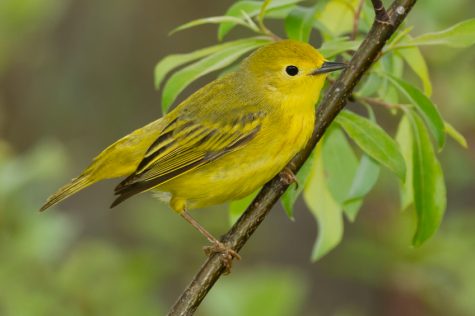
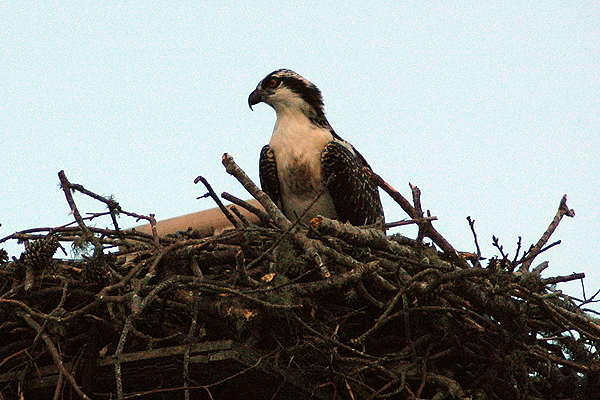
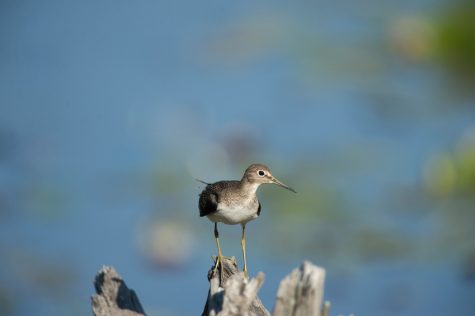
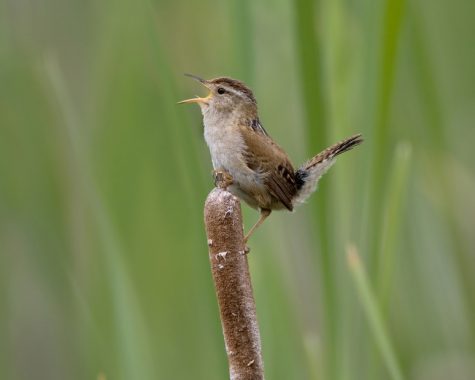
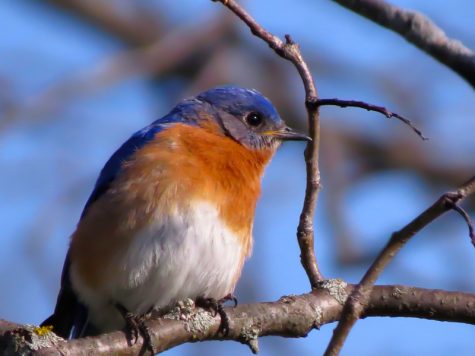
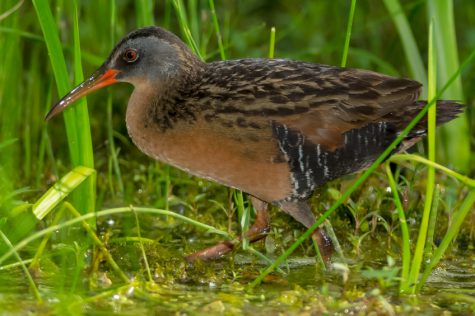
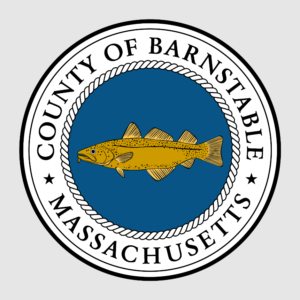








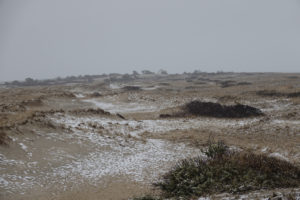









Thank You :):):) …